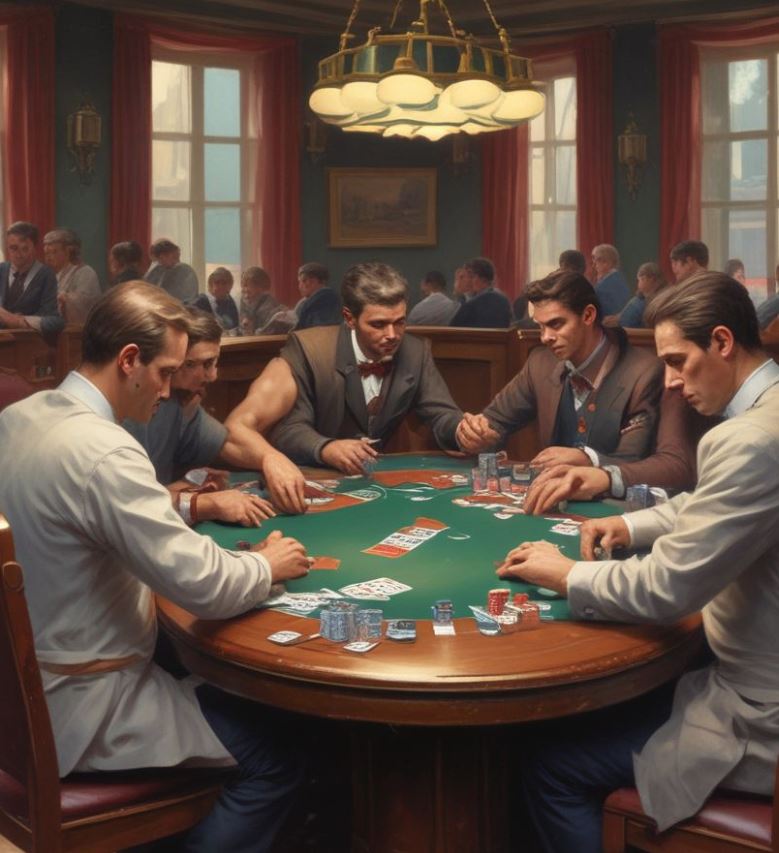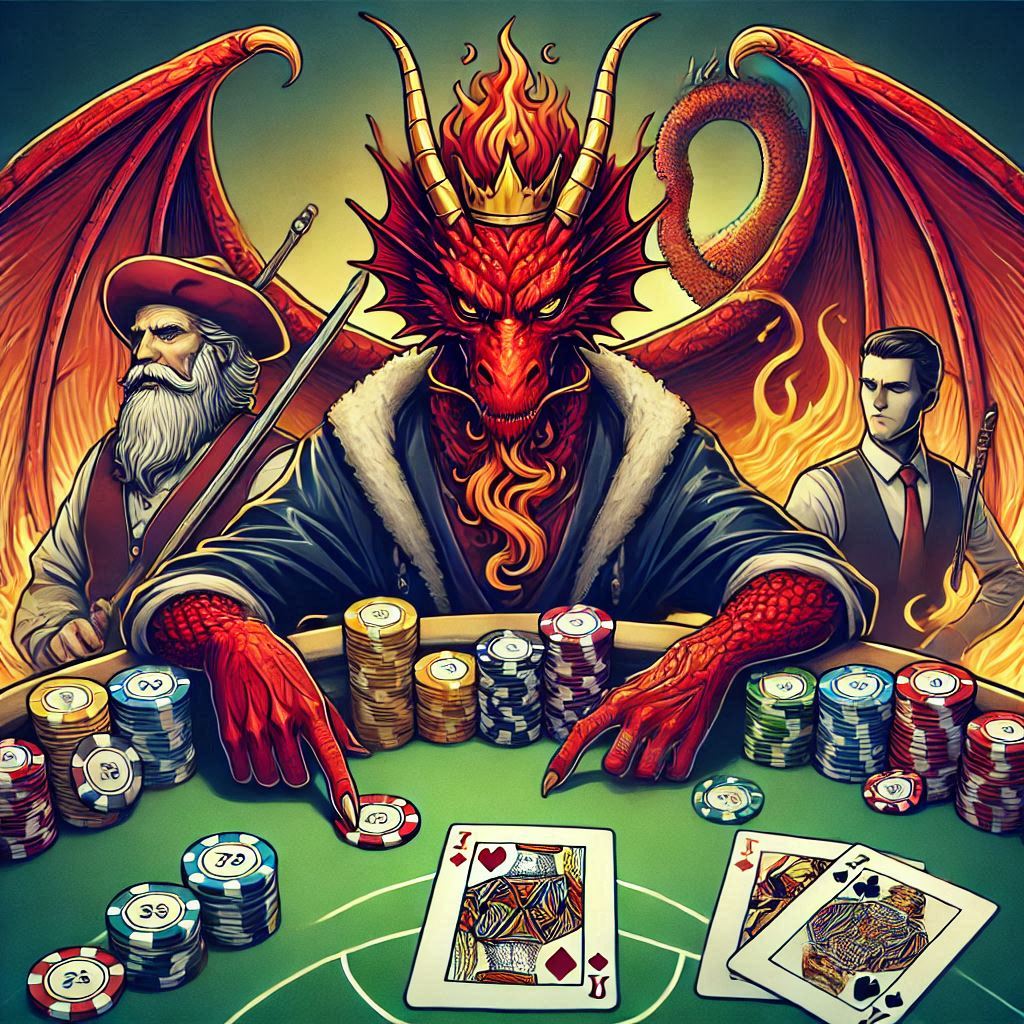
Position is a crucial element in poker strategy that can significantly impact your success at the table. Understanding and leveraging position can give you a substantial edge over your opponents.
What is Position in Poker?
Position refers to where you sit in relation to the dealer button. Players act in clockwise order, with those in later positions having an informational advantage.
Types of Positions
Early Position
- Under the Gun (UTG)
- UTG+1
Middle Position
- Middle Position (MP)
- Hijack (HJ)
Late Position
- Cutoff (CO)
- Button (BTN)
Blinds
- Small Blind (SB)
- Big Blind (BB)
Why Position Matters
Information Advantage
Players in late position can observe their opponents' actions before making decisions, providing valuable insights into hand strength.
Control of Pot Size
Late position players can better control the size of the pot, choosing to keep it small with weak hands or inflate it with strong ones.
Bluffing Opportunities
Position allows for more effective bluffing, as you can represent a wider range of hands when opponents have shown weakness.
How to Use Position Effectively
Play More Hands in Late Position
Expand your starting hand range when in late position to take advantage of your positional edge.
Be Cautious in Early Position
Play tighter from early position, as you'll have less information and positional disadvantage post-flop.
Steal the Blinds
Use your late position to attempt more blind steals, especially from the button or cutoff.
Continuation Bet Strategically
Use position to determine when to continuation bet, considering your opponent's tendencies and board texture.
Conclusion
Mastering the use of position in poker can dramatically improve your win rate. Always be aware of your position at the table and adjust your strategy accordingly to maximize your advantage.








